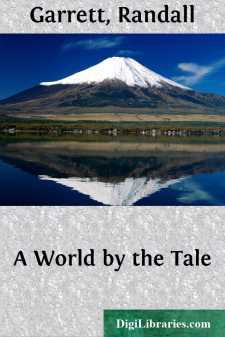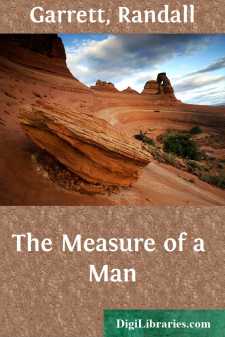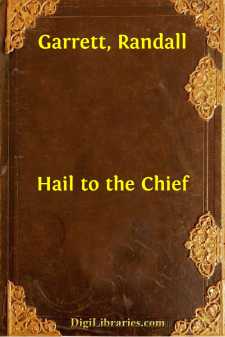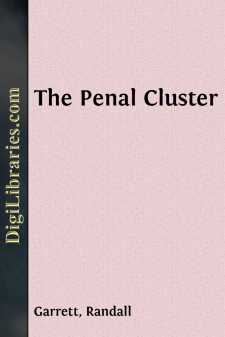Categories
- Antiques & Collectibles 13
- Architecture 36
- Art 48
- Bibles 22
- Biography & Autobiography 813
- Body, Mind & Spirit 142
- Business & Economics 28
- Children's Books 14
- Children's Fiction 11
- Computers 4
- Cooking 94
- Crafts & Hobbies 4
- Drama 346
- Education 46
- Family & Relationships 57
- Fiction 11829
- Games 19
- Gardening 17
- Health & Fitness 34
- History 1377
- House & Home 1
- Humor 147
- Juvenile Fiction 1873
- Juvenile Nonfiction 202
- Language Arts & Disciplines 88
- Law 16
- Literary Collections 686
- Literary Criticism 179
- Mathematics 13
- Medical 41
- Music 40
- Nature 179
- Non-Classifiable 1768
- Performing Arts 7
- Periodicals 1453
- Philosophy 64
- Photography 2
- Poetry 896
- Political Science 203
- Psychology 42
- Reference 154
- Religion 513
- Science 126
- Self-Help 84
- Social Science 81
- Sports & Recreation 34
- Study Aids 3
- Technology & Engineering 59
- Transportation 23
- Travel 463
- True Crime 29
Thin Edge
by: Randall Garrett
Description:
Excerpt
"Beep!" said the radio smugly. "Beep! Beep! Beep!"
"There's one," said the man at the pickup controls of tugship 431. He checked the numbers on the various dials of his instruments. Then he carefully marked down in his log book the facts that the radio finder was radiating its beep on such-and-such a frequency and that that frequency and that rate-of-beep indicated that the asteroid had been found and set with anchor by a Captain Jules St. Simon. The direction and distance were duly noted.
That information on direction and distance had already been transmitted to the instruments of the tugship's pilot. "Jazzy-o!" said the pilot. "Got 'im."
He swiveled his ship around until the nose was in line with the beep and then jammed down on the forward accelerator for a few seconds. Then he took his foot off it and waited while the ship approached the asteroid.
In the darkness of space, only points of light were visible. Off to the left, the sun was a small, glaring spot of whiteness that couldn't be looked at directly. Even out here in the Belt, between the orbits of Mars and Jupiter, that massive stellar engine blasted out enough energy to make it uncomfortable to look at with the naked eye. But it could illuminate matter only; the hard vacuum of space remained dark. The pilot could have located the planets easily, without looking around. He knew where each and every one of them were. He had to.
A man can navigate in space by instrument, and he can take the time to figure out where every planet ought to be. But if he does, he won't really be able to navigate in the Asteroid Belt.
In the Nineteenth Century, Mark Twain pointed out that a steamboat pilot who navigated a ship up and down the Mississippi had to be able to identify every landmark and every changing sandbar along the river before he would be allowed to take charge of the wheel. He not only had to memorize the whole river, but be able to predict the changes in its course and the variations in its eddies. He had to be able to know exactly where he was at every moment, even in the blackest of moonless nights, simply by glancing around him.
An asteroid man has to be able to do the same thing. The human mind is capable of it, and one thing that the men and women of the Belt Cities had learned was to use the human mind.
"Looks like a big 'un, Jack," said the instrument man. His eyes were on the radar screen. It not only gave him a picture of the body of the slowly spinning mountain, but the distance and the angular and radial velocities. A duplicate of the instrument gave the same information to the pilot.
The asteroid was fairly large as such planetary debris went—some five hundred meters in diameter, with a mass of around one hundred seventy-four million metric tons.
Within twenty meters of the surface of the great mountain of stone, the pilot brought the ship to a dead stop in relation to that surface.
"Looks like she's got a nice spin on her," he said. "We'll see."
He waited for what he knew would appear somewhere near the equator of the slowly revolving mass....












